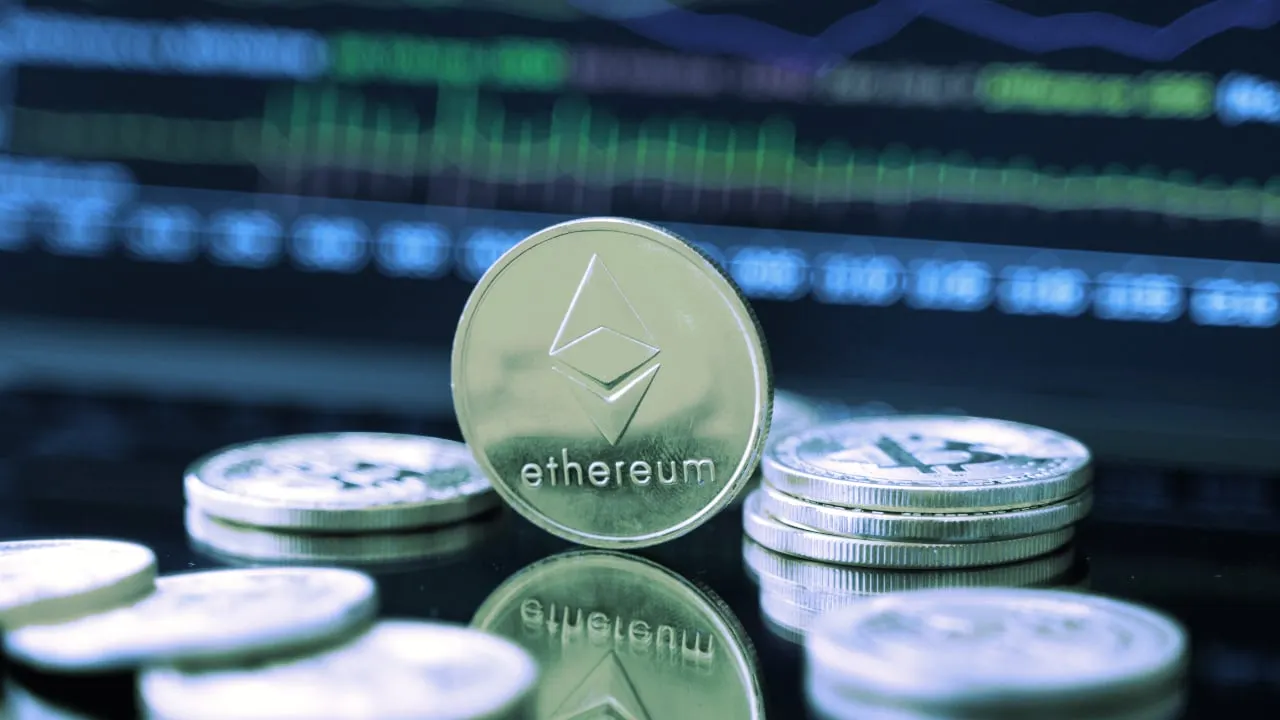In brief
- Ethereum fees are near their August 2021 rates, as measured in both dollar and ETH terms.
- NFT mania contributed to an increase in transactions costs during late 2021.
It seems like forever that the adjectives "high" and "expensive" have been affixed to the phrase "Ethereum transaction costs." But according to a new report from blockchain analytics company Arcane Research, "declining" might be a better word for the moment.
In its most recent report, Arcane pulls CoinMetrics data to show that the seven-day average for Ethereum transaction fees are at their lowest rate since August of last year. They've been heading down precipitously since the second week of January.
"If you have been waiting for lower fees before swapping tokens or minting NFTs," it writes, "now might be a good time."
That's not to say things are cheap for average consumers. Arcane pegs the cost of a token swap at about $15, but that's still well below the $200 or so they could run during much of fall 2021. (Wallet-to-wallet transactions, which Arcane says are simpler, were running about $50 during that time.)
Perhaps unsurprisingly, the drop in fees coincides with a fall in crypto asset prices; the exchange value of Ethereum has declined nearly 12% in the last week and almost 15% in the last month. As ETH becomes worth less, transaction fees become cheaper in dollar terms.

But a closer look at CoinMetrics data reveals that transaction fees as denominated in ETH are also at a six-month lowpoint. That points to reduced demands on the network through some combination of declining interest or increased reliability on scalability solutions such as rollups and sidechains. For certain, rival networks such as Solana and Avalanche have eaten away at Ethereum's market share by offering similar services—decentralized finance, games, and NFTs—with much lower fees and faster speeds.
Yet neither are likely answers. As Decrypt covered in mid-February scaling solution use has remained fairly steady while there's no clear evidence that other layer-1s are responsible for the decrease in transaction prices.
Instead, the continued downswing may be further evidence of a lull in interest in NFTs, the blockchain-backed contracts tied to digital or real-world assets. These non-fungible tokens, which often come in the form of digital art or collectibles, originated on the Ethereum network and caught fire last year. Their popularity translated into increased traffic on the network, which manages supply and demand by calculating the computing costs for each transaction, token swap, auction bid, or what have you and passing that along to the user in the form of a fee (denominated in ETH).
Ethereum has been working on a long-term fix that would make the network more scalable; core developers plan to fully transition to a proof-of-stake network between April and June of this year. Once it does so, it will move forward with creating "shard chains," which will allow many more transactions to happen at once and easing congestion.
The adjective for that, however, is "coming."

